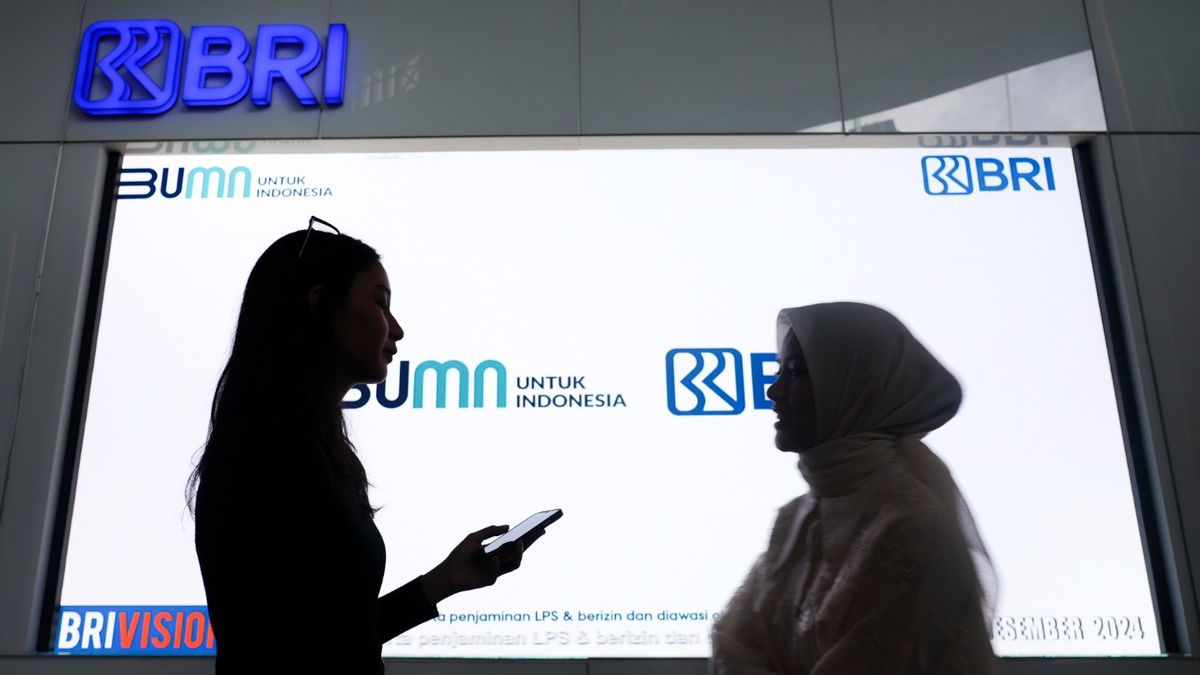In today’s fast-changing global economy, Bank Rakyat Indonesia (BRI) stands out as a financial institution that prioritizes resilience. With inflation, geopolitical instability, and interest rate shifts shaping the world’s financial landscape, BRI has responded with a proactive and structured risk management strategy.
Rather than reacting to crises, BRI adopts a forward-thinking approach. The bank continuously monitors global trends, analyzes potential risks, and develops strategies to protect its assets and customers. This mindset has enabled BRI to maintain growth—even during turbulent times.
Integrated Risk Management Framework
At the core of BRI’s strategy is its Integrated Risk Management Framework. This framework allows the bank to identify, assess, and mitigate financial, operational, and market risks in a cohesive way. The system covers everything from credit risk and liquidity management to foreign exchange exposure.
By embedding risk awareness into its daily operations, BRI ensures that every division—whether retail, corporate, or microfinance—takes responsibility for managing risk. This decentralized approach empowers teams across the organization to act quickly when potential threats arise.
Strengthening Credit Quality
One of BRI’s main priorities in today’s uncertain environment is safeguarding credit quality. As global economic conditions shift, the risk of borrower defaults also increases. To address this, BRI has strengthened its credit assessment tools, using data analytics and predictive modeling to evaluate client risk profiles more accurately.
Moreover, BRI has expanded its loan restructuring programs, providing support to viable businesses facing short-term disruptions. This not only reduces default risk but also strengthens long-term client relationships.
Diversifying Portfolios and Revenue Streams
Another key element of BRI’s risk management strategy is diversification. Rather than relying on a single revenue source or market segment, BRI has broadened its portfolio. The bank actively promotes digital banking, micro-lending, and insurance products to spread exposure and create alternative income streams.
Additionally, BRI’s expansion into rural and underserved markets has given it a more balanced risk profile. These markets, often less affected by global financial shocks, help the bank maintain steady performance during economic downturns.
Leveraging Technology for Risk Monitoring
BRI also understands the power of technology in minimizing risk. The bank has invested in advanced risk analytics platforms to track real-time indicators and flag anomalies. These systems provide early warnings and allow for swift, data-driven decision-making.
Furthermore, BRI emphasizes cybersecurity and data protection as digital threats continue to rise. With growing online transactions and mobile banking usage, the bank has upgraded its systems to detect and neutralize cyber risks before they impact customers.
Final Thoughts: A Model of Strategic Resilience
BRI’s approach to managing global economic challenges is both comprehensive and adaptable. By strengthening its internal systems, diversifying operations, and embracing technology, the bank has created a strong foundation for long-term success.








